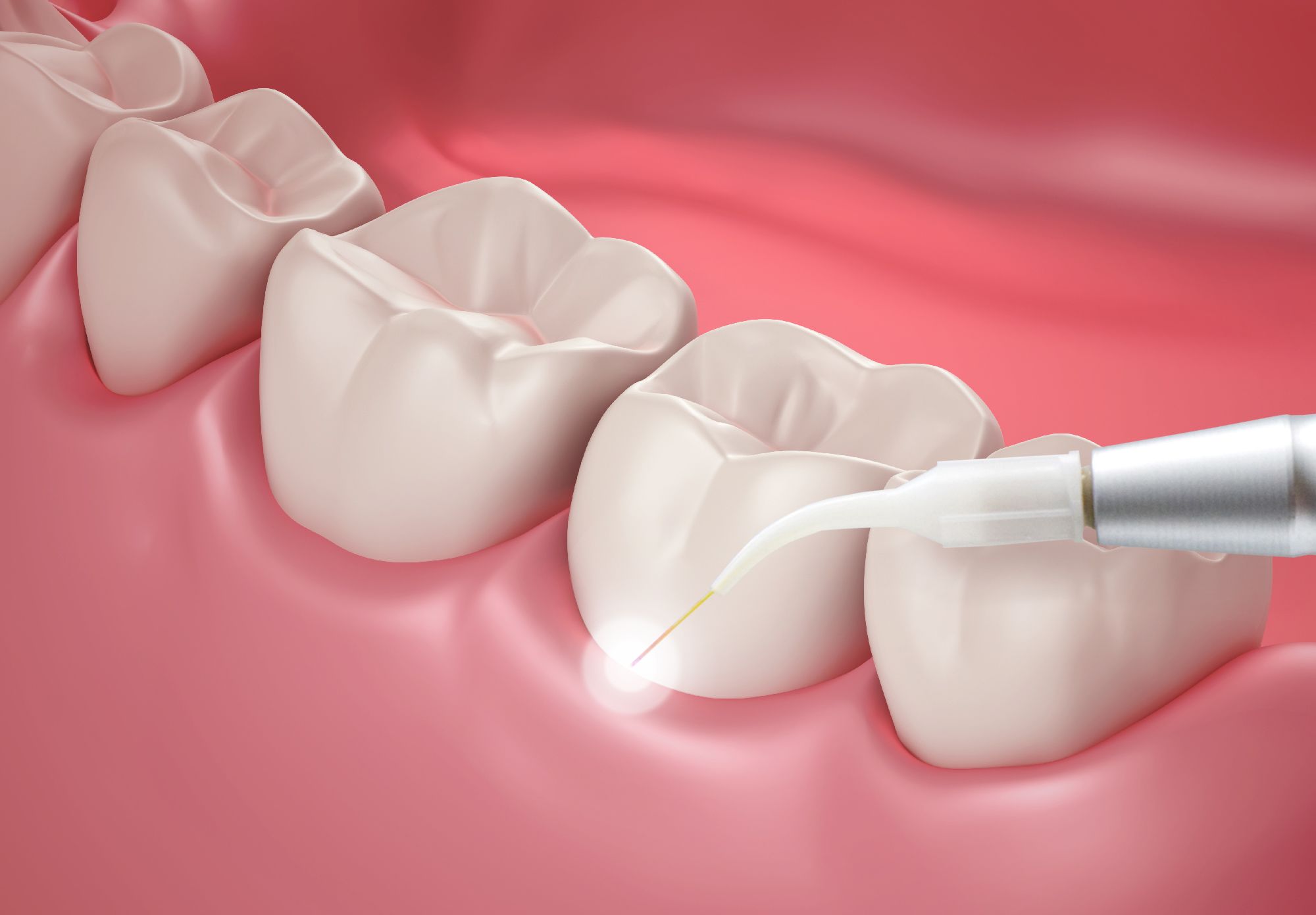A little background will be helpful in understanding what this common procedure is and does. Of the different forms of periodontal disease, most are caused by biofilms of dental (bacterial) plaque sticking and adhering to the teeth around the gum line in the absence of good oral hygiene. If left unremoved, the bacteria in the plaque can cause inflammation of the gums, and further progression (in some people) will cause loss of attachment of the gum tissues to the teeth resulting in pocket formation. This is just like a pocket in your clothing into which you can insert your hand, except your dentist will measure the degree of vertical detachment with a periodontal probe generally marked in millimeters. Once bacterial plaque penetrates into these pockets they become pathogenic (disease causing), and further inflammation and infection can lead to bone loss, tooth loosening, abscess formation and ultimately tooth loss.
 Periodontal Surgeries In Jackson Heights NY
Periodontal Surgeries In Jackson Heights NY
Periodontal disease begins quietly with chronic inflammation brought on by the presence of dental plaque in the mouth. Left untreated, the inflammation will soon give rise to the detachment of the gum tissue, the periodontal ligament and bone structures from the teeth, forming void pockets around the teeth. This breakdown ultimately causes bone and periodontal tissue destruction; for the most part the detached gum tissues either recede or remain as a detached curtain around the teeth, with tooth loss soon to follow.
Warfarin as you probably know is a potent blood thinning medication and is used for a variety of medical conditions as an anti-coagulant - as the name implies to stop blood from clotting. It is usually given to people with an increased tendency for thrombosis (blood clot formation inside blood vessels) or to prevent of further clots in those who have had them before. It helps prevent the serious risk of heart attack and stroke that these clots can pose. Common conditions for which warfarin is used include atrial fibrillation (the heart\'s two upper chambers, fibrillate or beat out of normal rhythm); deep venous thrombosis (clotting in the deep leg veins) and pulmonary embolism (blood clots moving into the lungs). Anti-coagulant therapy may also be given as a preventive measure in patients who have artificial heart valves and on a short-term basis to those who have had surgeries, such as knee replacements.

